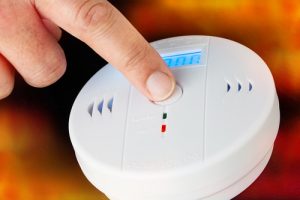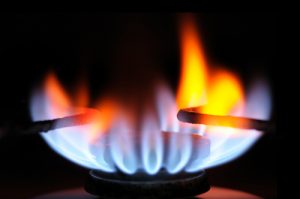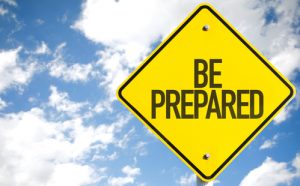Safety Tips
Below are basic safety tips to keep in mind:

CARBON MONOXIDE
Carbon Monoxide (CO) is an invisible, odorless gas that in high concentrations may be deadly. Faulty venting, parts, or plugged appliances can lead to the release of this gas. Your best prevention is proper maintenance of your natural gas appliances, and installation of Carbon Monoxide detectors on all levels.
Warning signs:
- You may notice the air to be stale or stuffy, and moisture build-up on windows and walls.
- Natural gas flames are blue. A yellow flame may indicate a problem.
Common symptoms of Carbon Monoxide poisoning include:
- Headache and dizziness
- Fatigue and weakness
- Watery and burning eyes
- Nausea and vomiting
- Loss of muscle control
What to do:
- Get outside to fresh air.
- If anyone appears ill, call 911 for medical help.
- Call your natural gas distributor.
Prevent Carbon Monoxide
- Properly maintain all natural gas burning appliances. Have them checked by a qualified technician according to manufacturer specifications.
- Check furnace filters monthly and replace if necessary.
- Keep laundry or ventilation vents and chimneys clear of debris, snow or ice
- Remove clutter near gas burning appliances, and allow adequate air supply.
- Do not idle vehicles in garages, even with the overhead door open
- Carbon Monoxide detectors installed on all levels and properly maintained. Write their expiry date on the detector in marker. Replace batteries annually.

GAS LEAK
On its own, natural gas is colourless and odorless. For safety reasons, all utilities add Mercaptan to natural gas. This chemical, also known as Odorant, gives natural gas its very distinctive skunky smell. This is an early warning system to alert you to the possibility of a gas leak.
If you smell or hear a gas leak indoors:
- Do not smoke, light matches, or operate anything that may cause a spark – including your house lights or flashlights!
- Leave the building immediately, and DO NOT close the door behind you!
- If able, turn off your gas meter to prevent more gas entering the building.
- Call your natural gas distributor to report the smell
If outdoors and you smell or hear a gas leak:
- Do not operate anything that may cause a spark or flame near the suspected gas leak.
- Call your natural gas distributor to report the smell
Remember: Utilities do not charge for reporting a leak.

WHAT IF?
What if I Hit a gas line?
- DO NOT try to repair it yourself.
- Whether or not you smell or hear a gas leak, evacuate the area and call 911 or your natural gas distributor
What if we have a potential Gas Leak or Potential Carbon Monoxide?
- Leave the building.
- If medical help is required, call 911.
- Call your natural gas distributor
What if we have No Heat?
- Call your natural gas distributor
- Electric heat appliances may be used.
- Avoid barbecues, outdoor camping or kerosene heaters as these produce carbon monoxide.
- Close blinds and drapes to help trap indoor heat.
Are You Prepared?
Emergencies, including natural gas outages, can happen. Be ready with an Emergency Preparedness Kit:
- Three day supply of ready-to-eat foods
- Bottled water – approximately 12 litres per person
- Manual can opener
- Flashlights
- Blankets
- Warm clothing
- Batteries
- Battery-operated radio
- First Aid kit and any needed medications
- Alternative heating source if possible
- DO NOT try to repair it yourself.
- Whether or not you smell or hear a gas leak, evacuate the area and call 911 or you

Utility Safety Partners - Click Before You Dig
Natural gas lines may be much shallower than you think. Over time, soil moves or erodes, so what you thought was three feet below may now just be a few inches below the surface. Gas lines are very easy to puncture. Most pipelines going to homes and business today are made out of a durable plastic called polyethelene. While great for transporting gas, they don’t fare so well against digging machinery
Stay Safe with these simple steps:
- Click Before You Dig: This is a FREE service for homeowners and most businesses. Request the location of underground utilities by simply going to clickbeforeyoudig.com at least two working days prior to digging. The location of your underground utilities will be marked by flags or temporary paint. In the case of natural gas, yellow flags or paint is used.
- Other ways of submitting a locate request: Call 1-800-242-3447
- Download the Dig Info AB app for Apple or Android
- Plan your dig site: Locate markings only show the approximate location of buried utilities. Avoid digging within 1 metre of either side if possible.
- Manually Expose the Line: If you have to dig near a buried utility, do it by hand. With a shovel, carefully and gradually expose the line. Once exposed, remove the nearby soil with your hands.
